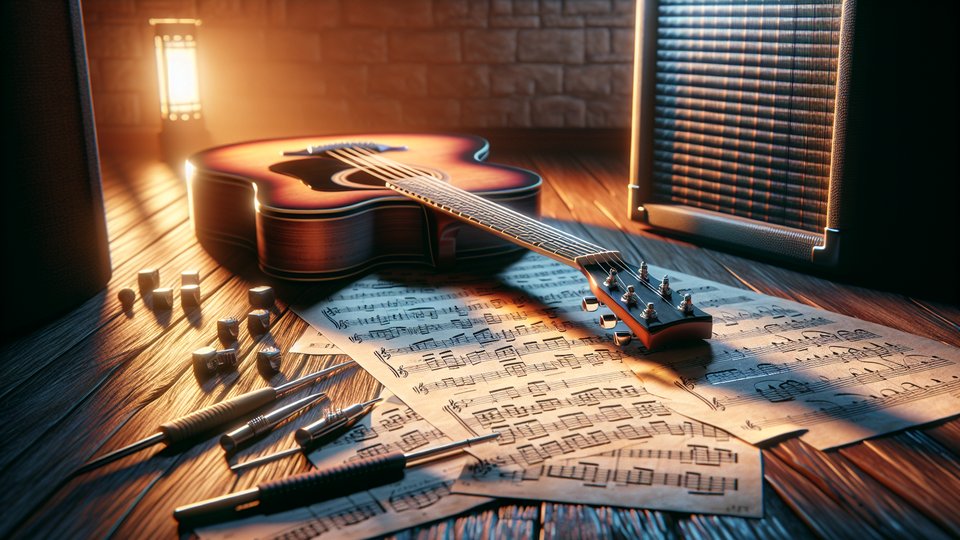
Understanding diatonic harmony is crucial for any guitarist looking to create captivating and melodic solos.
Understanding diatonic harmony is crucial for any guitarist looking to create captivating and melodic solos. By utilising diatonic harmony, you can navigate through chord progressions with confidence and create solos that are both musically pleasing and harmonically rich.
Diatonic harmony is based on the notes of a particular key and involves using chords, scales, and arpeggios that naturally occur within that key. This approach allows you to create solos that seamlessly complement the underlying chord progression, resulting in a more cohesive and polished sound.
One way to incorporate diatonic harmony into your solos is by familiarising yourself with the major and natural minor scales. These scales provide the foundation for diatonic harmony and serve as the basis for constructing chords and arpeggios within a given key. If you're unsure about these scales, you can use online tools to help you learn and visualise them on the fretboard.
Another essential aspect of diatonic harmony is understanding and recognising triads all over the fretboard. Triads are three-note chords that form the basis of most harmony in music. By being able to identify and play triads in different positions on the fretboard, you can easily create melodic lines and chord voicings that align with the underlying harmony.
Ear training is also crucial when working with diatonic harmony. Developing a strong ear will enable you to intuitively hear and anticipate chord changes, allowing you to craft solos that flow seamlessly with the music. Online ear training tools can help you refine your listening skills and improve your ability to play by ear.
When soloing using diatonic harmony, it's important to pay attention to the chord tones and tension notes within each chord of the progression. By targeting these notes in your solos, you can create tension and release, adding depth and emotion to your playing.
In conclusion, incorporating diatonic harmony into your guitar solos can elevate your playing to new heights. By understanding scales, chords, arpeggios, and triads within a key, along with developing your ear and targeting chord tones, you can create solos that are not only technically proficient but also musically engaging and expressive. Start exploring the world of diatonic harmony today and unlock endless possibilities for your guitar playing.

So, grab your guitar, delve into the world of diatonic harmony, and watch your solos come alive with musicality and depth. Happy playing!
